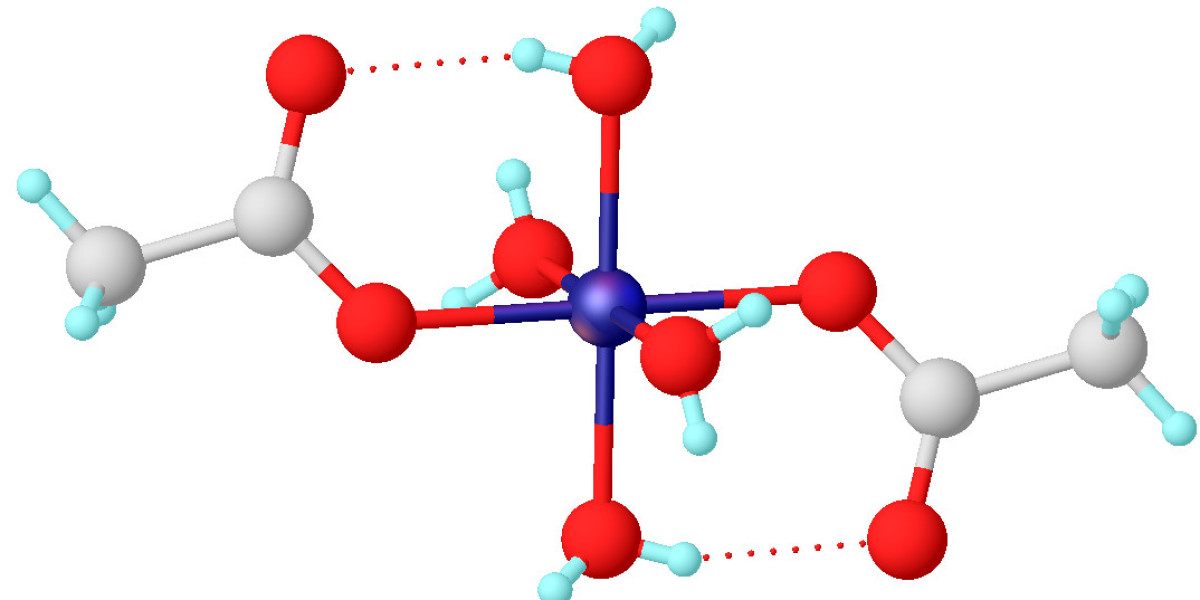Cobalt (II) Acetate might not be a household name, but in the world of chemistry and industrial science, it plays a significant role. With its distinctive pink color and wide range of applications, this compound serves as a key ingredient in everything from chemical synthesis to catalysts in renewable energy research.
What Is Cobalt (II) Acetate?
Cobalt (II) Acetate, also known chemically as Co(CH₃COO)₂, is the acetate salt of cobalt. Typically available as a pink crystalline solid or powder, it is formed by reacting cobalt oxide or cobalt carbonate with acetic acid. It’s highly soluble in water and alcohol, which makes it an ideal substance for various chemical applications.
Key Properties
Chemical Formula: Co(CH₃COO)₂·xH₂O (usually as the tetrahydrate form)
Appearance: Pink, crystalline solid
Solubility: Soluble in water and alcohol
Stability: Stable under normal conditions, but sensitive to heat and light
These properties make Cobalt (II) Acetate a versatile compound in both laboratory and industrial settings.
Industrial and Scientific Applications
1. Catalysis
Cobalt (II) Acetate is frequently used as a catalyst or catalyst precursor in various chemical reactions, particularly oxidation processes. In the petrochemical industry, it assists in the production of terephthalic acid, a key raw material for polyester manufacturing.
2. Dye and Pigment Production
Thanks to its rich coloration, Cobalt (II) Acetate is used in creating cobalt-based pigments for ceramics and glassware. Its ability to maintain vibrant hues under heat makes it ideal for enamel coatings.
3. Battery and Energy Research
As renewable energy technologies expand, cobalt compounds like Cobalt (II) Acetate are being studied for their role in battery electrodes, particularly in lithium-ion batteries and supercapacitors.
4. Laboratory Reagent
In academic and research laboratories, Cobalt (II) Acetate serves as a reagent for synthesizing other cobalt-based compounds. It’s also used in coordination chemistry studies due to its ability to form stable complexes with organic ligands.
Safety and Handling
While Cobalt (II) Acetate has many beneficial uses, it should be handled with care. Prolonged exposure can cause skin and respiratory irritation, and cobalt compounds are considered potentially carcinogenic. Always use personal protective equipment (PPE) and work in a well-ventilated environment when handling this chemical.
Final Thoughts
Cobalt (II) Acetate may not be as widely known as some other compounds, but its impact in science and industry is significant. From acting as a chemical catalyst to powering energy research, this pink-hued powder is a small but mighty player in modern technology and innovation.







